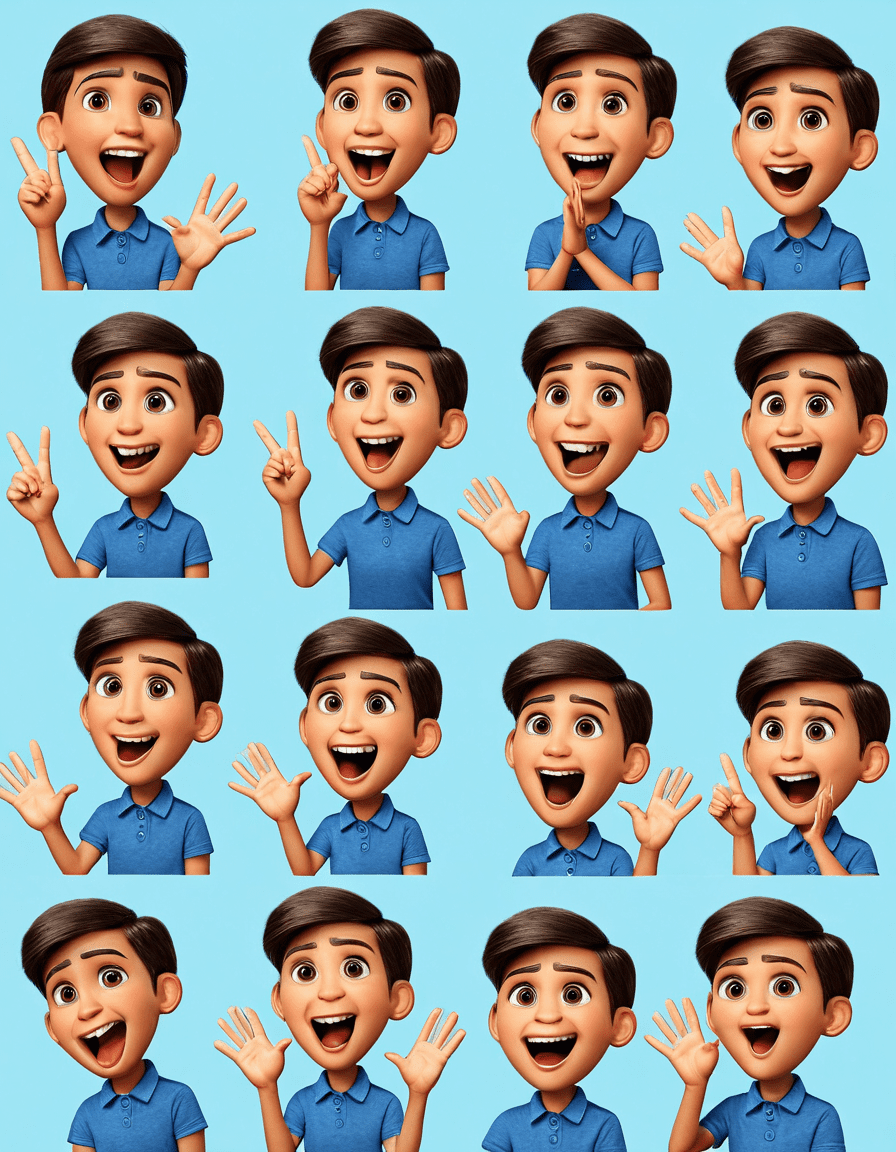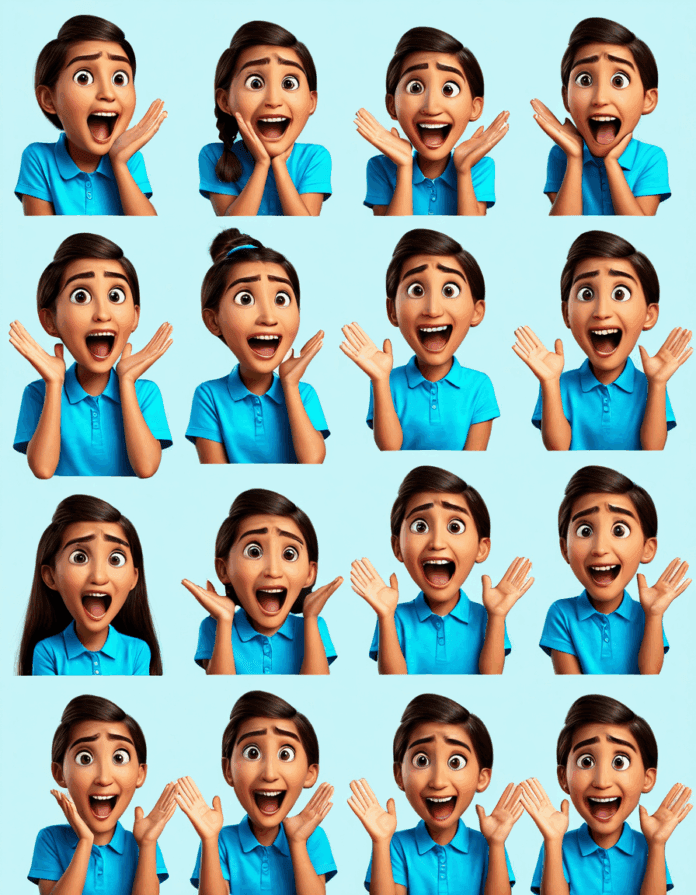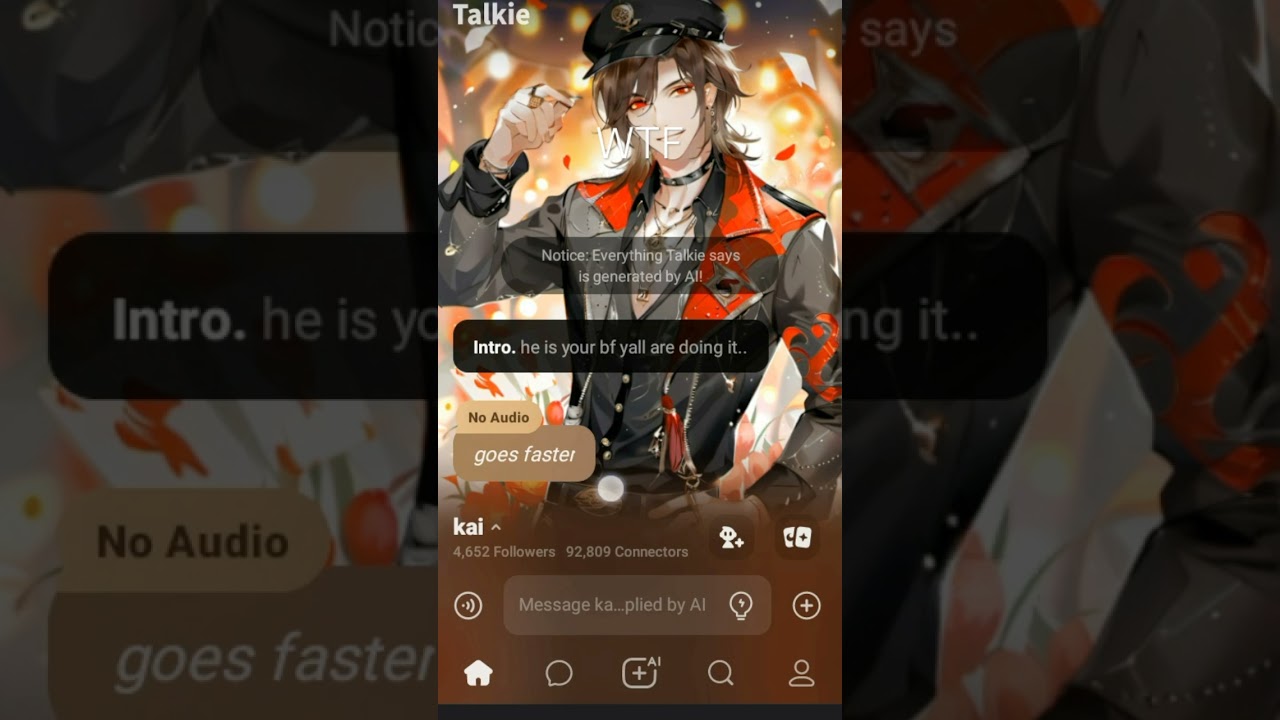The talkie era, which kicked off in the late 1920s, forever changed the face of cinema. Before this breakthrough, silent films ruled the silver screen. Filmmakers relied on visual storytelling and intertitles to get their message across. The advent of synchronized sound opened new doors, paving the way for a multi-layered storytelling experience filled with emotion and engagement. The first commercially successful talkie, The Jazz Singer (1927), starred Al Jolson and didn’t just bring voices to the screen; it cleverly merged dialogue with music, leading the way for filmmakers to express deeper emotions and establish a real connection with audiences.
Understanding the Talkie: A Historical Perspective
Before we dive into the talkie’s wide-ranging impact, let’s step back and see how it all began. Picture the late 1920s, when moviegoers were used to the silent films of Charlie Chaplin and Buster Keaton. They only had visual cues and intertitles to tell stories. That all changed with the introduction of sound. The moment audiences heard Al Jolson croon “Mammy” onscreen, they were hooked. No longer did films simply rely on expressions and gestures; the addition of voices meant more nuanced performances, enabling storytellers to create rich emotional arcs.
The transition into the talkie era challenged filmmakers to adapt their craft. Playwrights and authors who once penned scripts for silent films had to think about how their characters would sound and how dialogues altered storytelling dynamics. By the early 1930s, audiences flocked to the theaters not just for stunning visuals but also for captivating performances that showcased the breadth of human emotion.
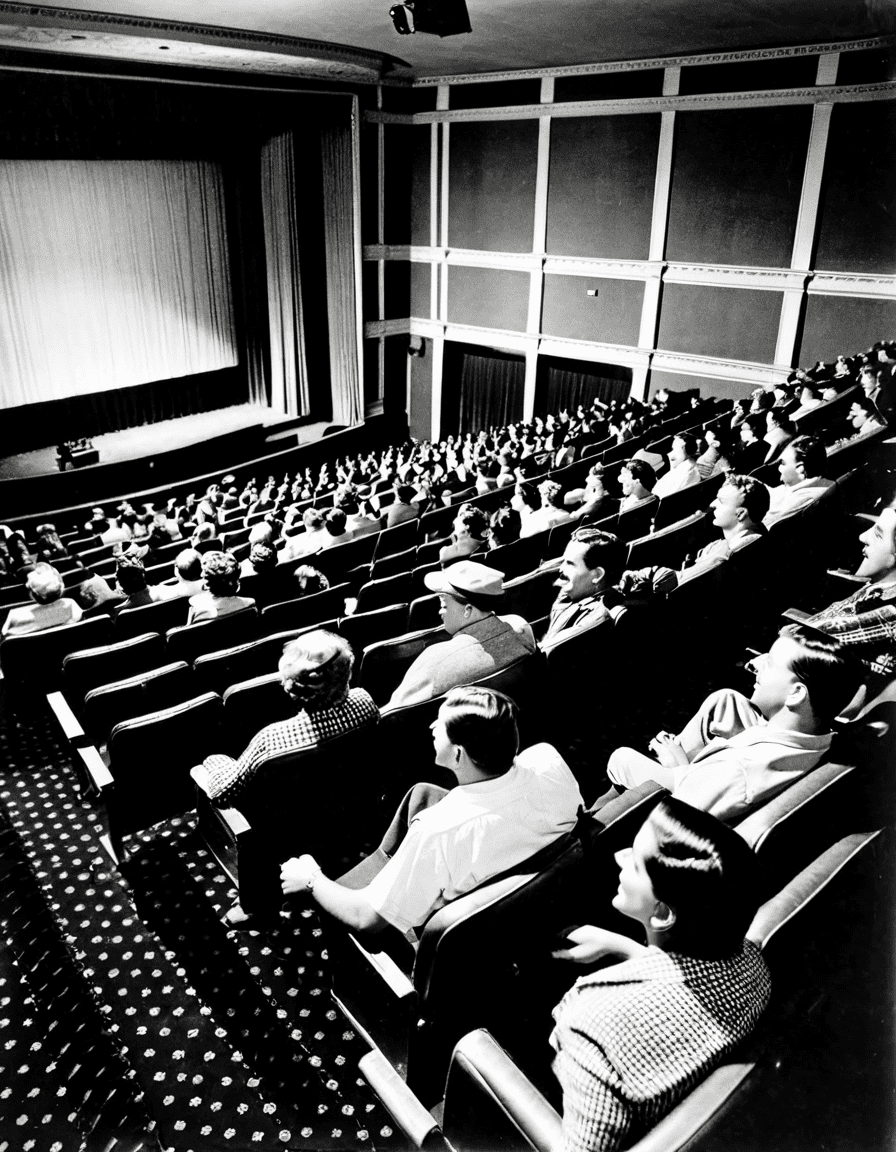
Top 7 Ways Talkies Changed Cinema Forever
The introduction of sound in cinema opened the floodgates for emotional storytelling. Dialogues became powerful tools for actors like Humphrey Bogart and Ingrid Bergman, shifting how audiences felt about characters. Films such as Casablanca (1942) showed that spoken words could touch heartstrings, stirring emotions that silent gestures could never achieve.
The arrival of talkies spurred the growth of new genres. Musicals thrived, thanks to their ability to blend song and dance seamlessly into narratives. Consider Singin’ in the Rain (1952), a film that not only celebrated the magic of sound but also highlighted how musicals could intertwine humor and heart, changing the narrative landscape forever.
The experience of watching films transformed with synchronized sound. Star Wars: Episode IV – A New Hope (1977) took this to new heights by using sound effects and a sweeping score to infuse life into the story. This new sound dimension encouraged improvements in sound design, pulling audiences deeper into the film’s universe.
With sound came remarkable performances that shaped cinema. Icons like Katharine Hepburn and Marlon Brando brought a range of emotions to life through their vocal presence. Their work set a precedent for future generations of actors, pushing them to explore the emotional weight that spoken dialogue could convey.
Sound allowed filmmakers to tackle complex, diverse narratives. Films like Do the Right Thing (1989) used dialogue to address pressing social issues, giving voice to communities often left unheard. This new dimension in storytelling allowed for rich cultural expressions that resonated more deeply with audiences.
The spread of talkies influenced global cinema, inspiring countries to adapt their own film industries. Bollywood, for instance, embraced the talkie format with films like Sholay (1975). This film combined memorable music with compelling dialogues, demonstrating how sound could transcend cultural boundaries and resonate worldwide.
The journey of sound in films goes beyond mere dialogue; it involves groundbreaking technology. Films like Dunkirk (2017) showcased innovative sound engineering, exploring how auditory elements elevate storytelling. As filmmakers continue to experiment, advancements in technology promise a future where sound further enhances the cinematic experience.
Looking Ahead: The Continuous Evolution of Talkies
As we look to 2026, the influence of the talkie remains unmistakably prominent in film. The integration of sound and emotion has created fresh genres, diverse stories, and advanced storytelling techniques, all grounded in the triumph of synchronized sound. With streaming services booming and technologies like Dolby Atmos revolutionizing audio experiences, the legacy of the talkie is far from fading; instead, it adapts, ensuring that stories reach audiences in richer, more engaging ways.
The future of cinema is bright, giving creators endless opportunities to explore and redefine storytelling. This evolution solidifies the belief that sound remains a critical force in shaping how stories are told and how audiences experience the art of cinema. Whether it’s through the nostalgia of a Charlie Brown christmas or the modern intensity of new films, the impact of the talkie continues to inspire filmmakers to push boundaries and explore the depths of human emotion in storytelling.
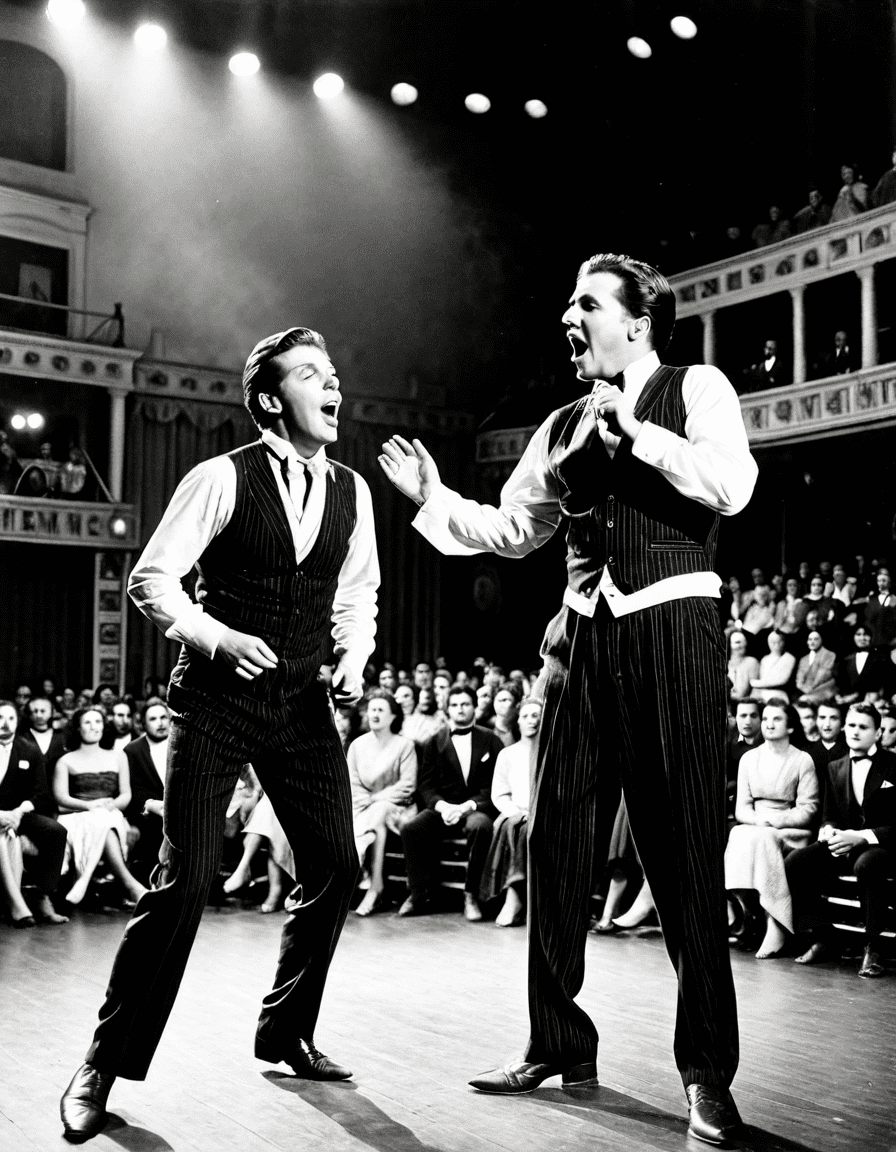
Talkie: The Birth of Sound in Cinema
Sound That Changed Everything
The “talkie” era transformed cinema forever, bringing a new layer of emotion and storytelling to the big screen. Did you know that the first synchronized sound feature film, The Jazz Singer, hit theaters in 1927? This groundbreaking movie featured Al Jolson’s iconic phrase, “You ain’t heard nothin’ yet!” which became a defining moment in cinematic history. It was an electric shift, captivating audiences and making silent films feel like a distant memory. Speaking of electrifying experiences, just like enjoying a game between the Los Angeles Rams and Chicago Bears, where player stats can flip the excitement at any moment!
The Fun of Early Sound Films
Early talkies weren’t always smooth sailing; they often faced technical hiccups and audience skepticism. Imagine filmgoers adjusting to the sounds of dialogue while munching popcorn! Fun fact: many early actors had to adapt their performances dramatically because sound technology couldn’t capture the subtleties of silent acting. Eager for more intriguing stories? Check out what Micah Alberti has to say about the evolution of cinema and how performances have changed over the decades. As audiences became more enamored with sound, the film industry had to catch up, pushing innovation at every turn.
The Legacy of Talkies
The impact of talkies goes beyond just entertainment; they forged a profound connection with audiences, merging visuals and sound to evoke genuine emotions. This magic paved the way for many genres we cherish today. For example, musicals gained new life, turning into spectacular showcases that got people singing along. Also, just as one might eagerly await When Is Spotify wrapped 2025 for their year in music, decades later, fans still celebrate the influence of classic talkies. Their blend of sound and storytelling continues to inspire filmmakers worldwide, refusing to fade away into the dusty corners of history. To dive deeper into engaging visuals and sounds of yesteryears, explore the treasure trove of content on Loaded Video.
